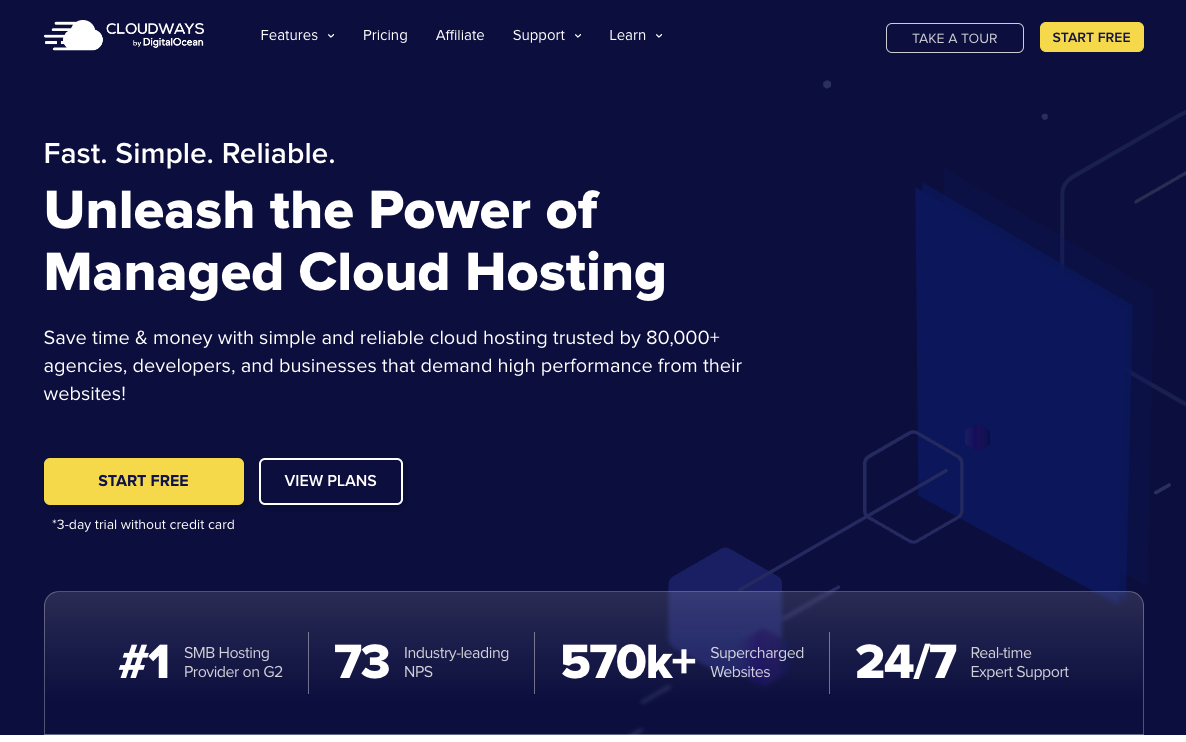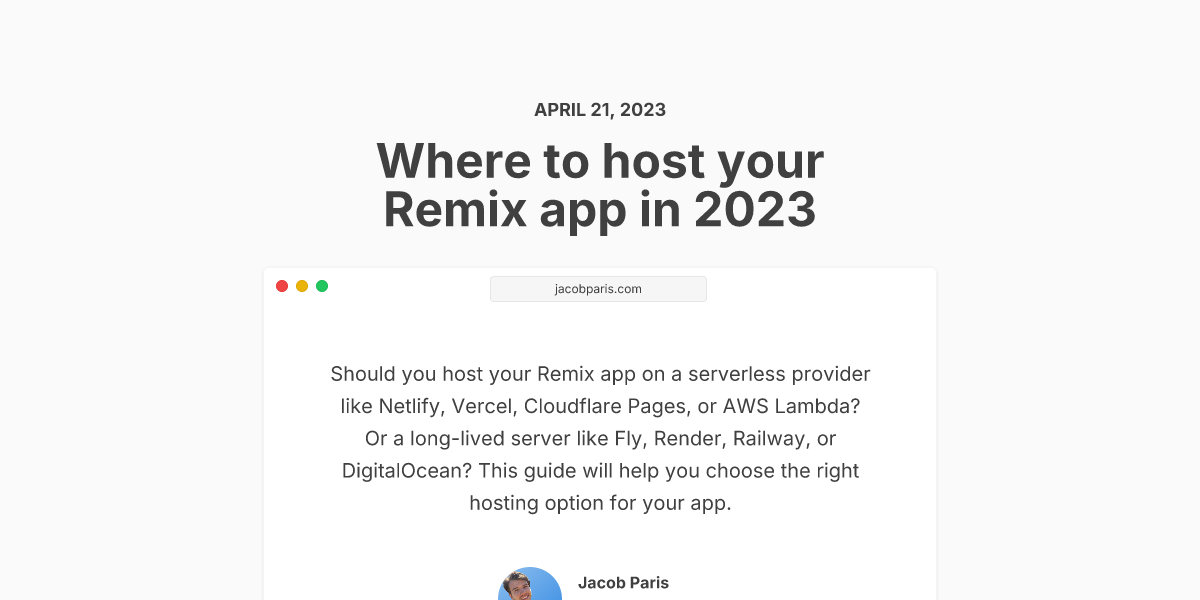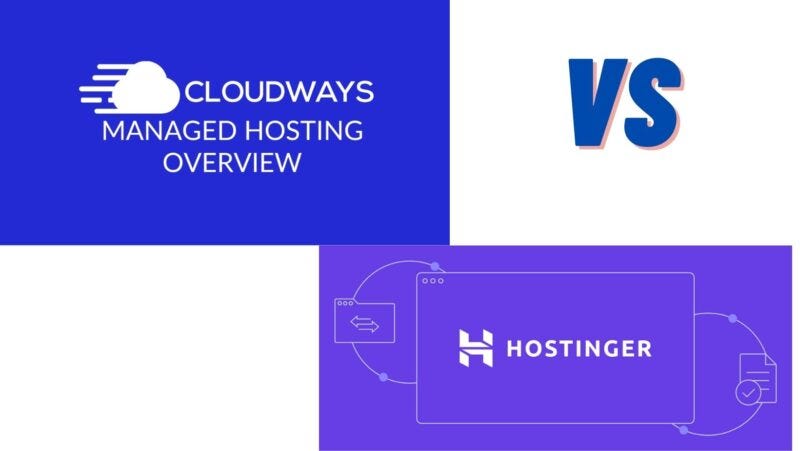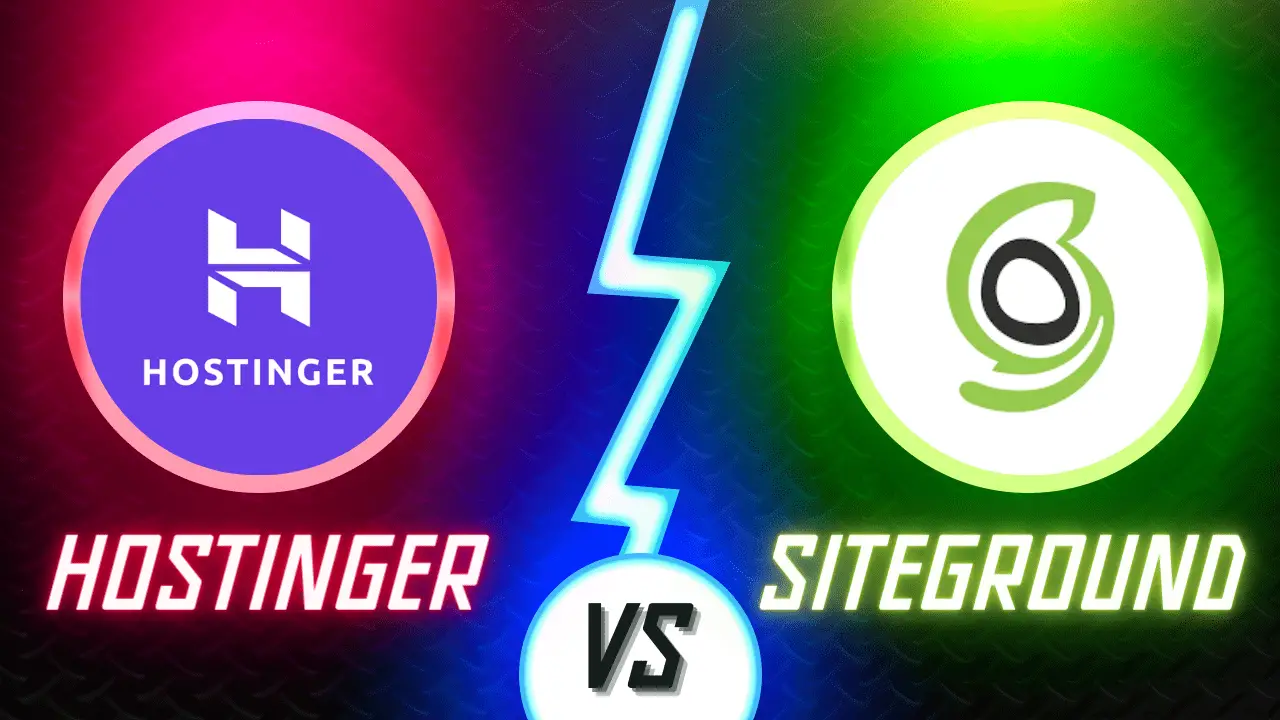DigitalOcean is a cloud infrastructure provider offering scalable compute platforms. Its services are designed for developers to build, deploy, and scale applications.
With approximately 120 words for a well-rounded DigitalOcean simplifies cloud computing for software developers with user-friendly services and transparent pricing. Emphasizing simplicity and performance, its array of offerings include Droplets for virtual private servers, managed Kubernetes, and object storage solutions.
The platform caters to small to medium-sized businesses and startups that seek an easy-to-navigate environment for hosting web applications. DigitalOcean has gained popularity within the developer community for its straightforward interfaces and a rich library of tutorials. The company distinguishes itself by delivering a high-performance cloud experience with minimal complexity. Customers benefit from easy-to-scale solutions, helping them manage and grow their online presence efficiently. The combination of reliable infrastructure and a supportive ecosystem makes DigitalOcean a competitive choice for cloud services.

Credit: www.boostyourblog.com
Getting Started With Digitalocean
Welcome to your thrilling journey with DigitalOcean! Setting sail on the profound ocean of cloud hosting, DigitalOcean offers a suite of powerful cloud services. Personal bloggers, developers, and businesses alike find it an ideal anchor for their web ventures.
Choosing The Right Droplet
Droplets are the beating heart of your DigitalOcean experience. Think of them as your personal servers. They come in different flavors, each fitting unique needs.
- Standard Droplets are jack-of-all-trades, perfect for small to medium applications.
- Optimized Droplets pack more punch for compute-intensive tasks. They run like the wind when you need power!
- Memory-Optimized Droplets offer more memory. They help when your tasks are memory-hungry.
Select a droplet that aligns with your project’s demand. Balance cost and performance to start right.
Initial Configuration For Optimal Performance
Once your droplet is up, fine-tune it for top-notch performance. First steps make or break the game. Follow these essentials:
- Set Up a Non-Root User: Avoid using root to stay safe. Create a new user with administrative privileges.
- Configure SSH Keys: They offer secure access to your droplet. Easy to set up, tough to crack!
- Enable a Firewall: UFW, or Uncomplicated Firewall, shields your droplet from unwanted traffic.
Ensure each setting aligns with your project’s security and efficiency goals. A solid start is half the battle won!
Optimizing Server Resources
Making the most of your server’s resources is like fine-tuning a high-performance car. Just as a car needs the right balance of fuel and air to run smoothly, a server needs the right amount of CPU, memory, and storage. Let’s dive into how to optimize these resources on a DigitalOcean droplet.
Effective Cpu And Memory Allocation
DigitalOcean droplets need the correct CPU and memory to perform tasks quickly. Choose a droplet size that matches your app’s needs. Use monitoring tools to check usage.
- Monitor performance: Keep an eye on CPU and memory usage with DigitalOcean’s built-in graphs.
- Resize droplets: Increase or decrease droplet size based on your needs.
- Load balancing: Spread tasks across multiple droplets to prevent overloading a single server.
Regular checks ensure droplets run smoothly.
Managing Storage Space And Volumes
Proper storage management prevents running out of space. DigitalOcean’s Block Storage Volumes are flexible and easy to use.
- Analyze storage: Use commands like
dfandduto find space hogs. - Clean up: Regularly remove old files and backups not needed.
- Add volumes: Attach additional storage to droplets with a few clicks.
DigitalOcean makes it simple to scale storage up or down.
| Task | Tool/Method |
|---|---|
| Monitor Disk Usage | DigitalOcean Control Panel |
| Resize Storage | Block Storage Volumes |
| Cleanup and Maintenance | Command Line Tools |
Advanced Networking Techniques
Do you want to power up your web presence? DigitalOcean’s advanced networking techniques give your site the boost it needs. With these tools, you can handle more visitors and keep your site running smoothly. Let’s dive into how you can use Floating IPs and Load Balancers.
Utilizing Floating Ips
Floating IPs are a game-changer for server deployment. They allow you to redirect network traffic between any of your Droplets within the same data center. Think of them as a re-assignable telephone number for your online services. Here’s what they offer:
- Reduced Downtime: Quickly reroute traffic to another server if one goes down.
- Seamless Scaling: Move IPs to handle increased load without user interruption.
- Flexible Management: Assign and reassign IPs through a simple control panel or API.
To set up a Floating IP:
- Go to your DigitalOcean Control Panel.
- Select ‘Networking’ and then ‘Floating IPs’.
- Choose a Droplet to assign the IP to and click ‘Assign’.
# Example command to assign a Floating IP to your Droplet
doctl compute floating-ip-assign
Load Balancers For High Traffic Handling
Load Balancers make sure your website can handle many visitors all at once. They split the load so no single server gets overwhelmed. Here’s how they help:
- Smart Traffic Distribution: Spread requests evenly across your servers.
- Better Performance: Keep speeds fast, even under heavy load.
- Automatic Scaling: Adjust capacity based on incoming traffic.
To implement a Load Balancer:
- Navigate to the DigitalOcean Control Panel.
- Click ‘Networking’ then ‘Load Balancers’.
- Configure your Load Balancer settings and save.
# Example command to create a Load Balancer
doctl compute load-balancer create --name "" --algorithm "round_robin" --region ""
Security Best Practices
Implementing security best practices is crucial for protecting your resources on DigitalOcean. Focusing on simple yet effective strategies can safeguard your digital assets from common threats. Let’s explore some of these essential practices to enhance your security posture.
Setting Up Firewalls
Firewalls act as a barrier against unauthorized access to your systems. DigitalOcean offers a cloud-based firewall service that allows you to easily define and manage access rules. Below are steps to set up your firewall for optimal protection:
- Create a new firewall in the DigitalOcean control panel.
- Specify inbound and outbound rules to control traffic.
- Apply the firewall to appropriate droplets or tags.
- Regularly review and update rules as needed.
By limiting access to only necessary ports and IP addresses, you minimize potential vulnerabilities.
Regular Updates And Patch Management
Staying up to date with the latest patches is a critical defense against security threats. Automated tools can help manage updates for your operating system and applications. Follow these best practices:
- Enable automatic updates where available.
- Regularly check for and apply software updates.
- Monitor security advisories for critical patches.
- Test updates in a staging environment before applying to production.
Consistent updates help protect against known exploits and maintain system integrity.
Automating With Cloud Apis And Tools
Automating with Cloud APIs and Tools is a game-changer in cloud computing. It offers immense flexibility and scalability. By automating the infrastructure, you save time, reduce errors, and increase efficiency. DigitalOcean provides powerful APIs and tools for this purpose. Explore how to implement Infrastructure as Code and leverage these APIs for seamless automation.
Implementing Infrastructure As Code
Infrastructure as Code (IaC) transforms the management of infrastructure. With IaC, you maintain and provision through code rather than manual processes. DigitalOcean simplifies this with easy-to-use tools. To get started:
- Choose an IaC tool: Terraform and Ansible are popular.
- Write the configurations: Define your infrastructure in code.
- Execute the code: Deploy your infrastructure automatically.
These steps ensure a reliable and repeatable infrastructure setup. They empower teams to deploy with confidence and speed.
Leveraging Digitalocean Apis For Automation
DigitalOcean’s APIs are robust and user-friendly. These APIs let you automate numerous tasks:
| Task | API Feature |
|---|---|
| Manage Droplets | Create, delete, scale, and backup. |
| Handle Storage | Automate volume and object storage solutions. |
| Networking | Configure domains, manage firewalls. |
To make the most of these APIs:
- Use the DigitalOcean Control Panel to access API tokens.
- Integrate the RESTful API with your automation scripts.
- Ensure all scripts are tested to validate their effectiveness.
This approach to automation offers precision, control, and reduces manual workload. Embrace these tools to scale your operations with ease.

Credit: remix.guide
Monitoring And Scaling
Maintaining peak performance and ensuring smooth growth are key. Monitoring and scaling on DigitalOcean can transform infrastructure management. It provides insights and automates processes. With robust tools, streamline operations and manage resources effectively.
Effective Use Of Monitoring Tools
Why is monitoring critical? It keeps systems efficient and available. DigitalOcean simplifies this with intuitive monitoring solutions.
- Real-time analytics: Get instant data on server performance.
- Alert policies: Stay ahead with customizable alerts.
- Easy integration: Connect tools you already use seamlessly.
| Tool | Benefit |
|---|---|
| Monitoring Dashboard | Visualize performance trends clearly. |
| APIs | Automate and integrate with your stack. |
Strategies For Auto-scaling Applications
Auto-scaling is a pathway to high efficiency. It is about adjusting resources to meet demand.
On DigitalOcean, you have tools that help applications grow smoothly. Leverage Droplet scaling and Kubernetes for flexibility.
- Define metrics: What triggers scaling? Set clear parameters.
- Implement Load Balancers: Distribute traffic evenly.
- Use Droplet tags: Group and manage servers efficiently.
Monitoring: Track applications and respond to changes fast.
Scaling: Enhance capacity without disrupting service.
# Scaling up
doctl compute droplet resize droplet-id --size s-2vcpu-4gb
The above command scales a droplet to a 2vCPU and 4GB RAM size.
Backup And Disaster Recovery
Backup and Disaster Recovery are critical for any online business. Data loss can happen, but it shouldn’t mean disaster. DigitalOcean offers tools to keep your data safe. Trust and confidence in your site grow when users know their information is secure. Let’s explore how to automate backups and plan for effective failover and recovery.
Automating Backups
Regular data backups are a safety net. They ensure that, in case of trouble, you can get back on track quickly. With DigitalOcean, setting up automatic backups is straightforward.
- Frequency: Choose how often your system snaps a backup, from daily to weekly.
- Retention: Decide how long to keep backups, aligning with your storage and cost preferences.
- Scalability: Your backup schedule grows with your business, always offering full coverage.
Planning For Failover And Recovery
A solid failover and recovery strategy keeps services online, even when parts fail. Redundancy and quick switching to healthy systems are keys here.
- Redundant Systems: Duplicate critical components ensure service continuity.
- Monitoring: Real-time tracking detects issues early, triggering failover procedures.
- Testing: Frequent drills prepare your team for a smooth recovery when required.
| Task | Tool | Outcome |
|---|---|---|
| Automatic Snapshots | DigitalOcean Control Panel | Timely backups |
| Load Balancers | DigitalOcean Features | Seamless traffic distribution |
| Recovery Drills | Regular Testing | Failover readiness |
Be proactive about data safety. Technical issues won’t threaten your online presence. Prepare now and rest easy knowing your data is secure with DigitalOcean’s backup and recovery solutions.

Credit: www.cloudways.com
Frequently Asked Questions On Digitalocean
What Is Digitalocean Used For?
DigitalOcean provides cloud services that help deploy and scale applications running simultaneously on multiple computers. It’s renowned for its simplicity and scale, catering to businesses and developers who need to quickly launch and manage applications.
How Does Digitalocean Pricing Work?
DigitalOcean prices its services based on a flat-rate monthly or hourly billing system. Users pay for resources like droplets, storage, and bandwidth. The straightforward pricing ensures no unexpected costs, making it popular with small to medium-sized businesses.
Can Digitalocean Host Websites?
Yes, DigitalOcean can host websites of varying sizes. With its scalable droplets, managed databases, and object storage, DigitalOcean is well-equipped for hosting dynamic websites, e-commerce platforms, and personal blogs.
Does Digitalocean Support Docker?
DigitalOcean supports Docker, allowing users to deploy containerized applications on its droplets. This support is beneficial for developers seeking to maintain, deploy, and scale applications efficiently across different environments.
Conclusion
Embracing DigitalOcean offers a clear path to elevating your online presence. Its user-friendly platform champions simplicity and efficiency for developers of all skill levels. By making the switch, you unlock potential growth and streamlined hosting solutions. Join countless others in optimizing your digital projects with DigitalOcean’s robust infrastructure.







